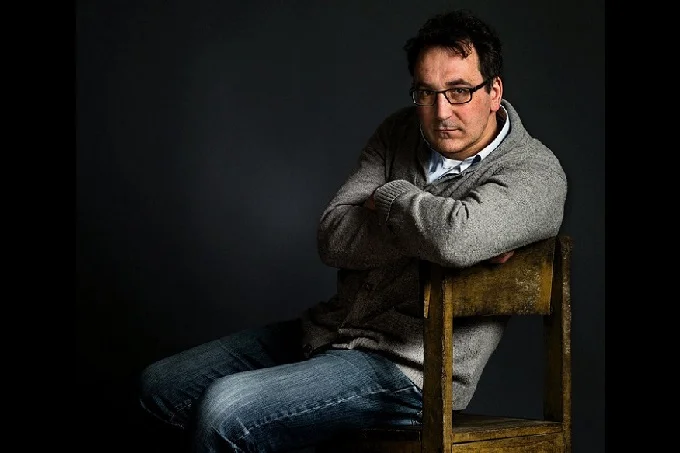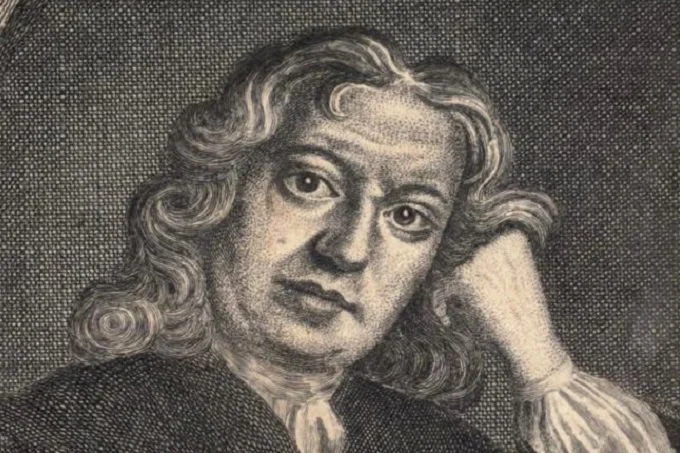Three science charlatans whom no one could expose for a long time

Where there is money, there will be self-appointed specialists and various gurus of truth. In science, this happens more often than we would like, and all sorts of falsifications are passed off as the new word in science. Sooner or later, of course, truth triumphs, and yesterday’s discoverers end up on the list of charlatans.
Diederick Stapel: Psychology Imagineer

One of the loudest scientific scandals of our time is associated with one of the loudest scientific names in the field of psychological research – the Dutch Diederik Stapel. In 2011, a series of his high-profile experiments were called into question.
Not only did Stapel fail to prove that he had conducted them and show raw data on the participants, but he also reported that nearly all of his famous studies since 2002 had been falsified.
Moreover, many scientists have already relied on these studies, they have made their way into textbooks, and they have been used as a guide for social policy by city governments around the world.
For example, one “study” concluded that a person begins to behave more decently at the mere thought of having to go to a place where he must observe etiquette, while another concluded that the authorities force people to treat others more strictly and to be lenient with themselves. Even if this is true, it turns out, it has yet to be proven. But it may well be that such ideas are simply very seductive to us, so we want to believe them.
In addition to falsifying the research itself, Stapel generously shared all sorts of made-up data with psychologists worldwide so that they could draw their own analysis and conclusions. It turns out that a lot of scientific work was based on figures that had been pulled out of thin air.
This cancels out all the seeming forward movement that psychology has seen in the study of collective interactions. Many experiments will have to be conducted anew, now for real, and money will have to be spent on reissuing textbooks, and individual psychologists will have to rewrite their papers and revalidate their diplomas.
Shinichi Fujimura: Master of the Stone Age

The amateur archaeologist Fujimura seemed to have a real flair for various antiquities. Taking him on excavations for Japanese science professionals was like taking a good sniffer dog: nothing would get past him.
In this way, Fujimura contributed to amazing discoveries in the Japanese Neolithic Islands, digging out or showing other archaeologists various kinds of artifacts in the ground time after time. Some he discovered on his own expeditions, without scientists. He was even nicknamed “divine hands,” so lucky was he. Many of his discoveries have been included in recent Japanese history textbooks.
A quarter of a century, Mr. Fujimura kept the public and the scientific community in constant fascination until some clever journalists have posted a photo of the star of archeology, personally burying in the ground artifacts a day before their official – and very happy – find.
Fujimura didn’t even deny it, so stunned was he by the way he was caught. For a long time, a special commission examined the artifacts found by the amateur magician with Japanese meticulousness and found several real ones. Hundreds, however, were fakes. The textbooks had to be rewritten at public expense.
Because of the uncovered fraud, the shadow of suspicion fell on Professor Mitsuo Kagawa, one of the scientists who had collaborated with the forger on several occasions. He immediately committed suicide, as is the Japanese custom, but insisted in his suicide note that he was innocent. In fact, no one in the scientific world accused him – it was only journalists’ speculation.
George Psalmanazar: Professor Nothing

However, George Psalmanazar, an eighteenth-century adventurer, went further than that: he did not invent folklore, ancient or new, for the existing people. He came up with it right away with the people. Although he started out as just a Japanese: he said that he had studied Latin well and decided to serve in some European army. However, about a year later, he emerges in England as a native of the mysterious Asian island of Formosa, kidnapped by the Jesuits.
To imitation of a foreigner from the regions, where everything is not at all European, Psalmanazar (however, he received this name only in England, and the present is still unknown) approached with enthusiasm. He ate only raw meat, though, for safety, he had properly seasoned it. I slept sitting next to a lighted lamp.
The mysterious Asian was invited to visit, and he entertained the owners of the best houses, talking about life in Formosa. For example, that men there go naked, with only gold and silver shields on their genitals, but women are wrapped from head to toe (needless to say that the ladies around Psalmanazar sported deep cleavages and arms open to the elbows while the gentlemen walked with wrapped necks and even covered the bases of the hands with lush cuffs).
The society of that time found piquant and funny the stories of Psalmanazar that Formosan men had the right to use their wives for infidelity for dinner, and the killers were hung upside down and competed in archery on them, trying not to kill them too quickly. And then the audience was horrified, listening to how twenty thousand little boys are sacrificed to the gods every year. Is it surprising that polygamy reigned in Formosa! After all, so the male sex will not be enough!
Soon, Psalmanazar was invited to lecture on Formosa culture, history, and language and translate some spiritual texts into the language of the remote island. Of course, some people had questions for the mysterious foreigner.
So, one priest asked how an Asian could be blond and was told that only commoners were dark and rough-looking, and the nobility lived their whole lives in underground dwellings. The astronomer Halley tried to catch Psalmanazar ignorant of the peculiarities of tropical lands and asked if the sun shone through the chimneys of houses on Formosa. The impostor calmly said: “No,” but he realized from Halley’s reaction that he had missed, and immediately added that the chimneys on the island pointed toward the ground.
In the end, Salmanazar found his true place. He learned Hebrew, confessed falsification and imposture, and had a normal academic career on his knowledge of Old Testament Hebrew. Both the elegance of the adventure and the real scientific work was appreciated by the public so that Psalmanazar received something like a pension from his admirers all his life. By the way, behind the word Formosa was hidden… Taiwan. And the impostor, when describing it, did not guess at any point.




